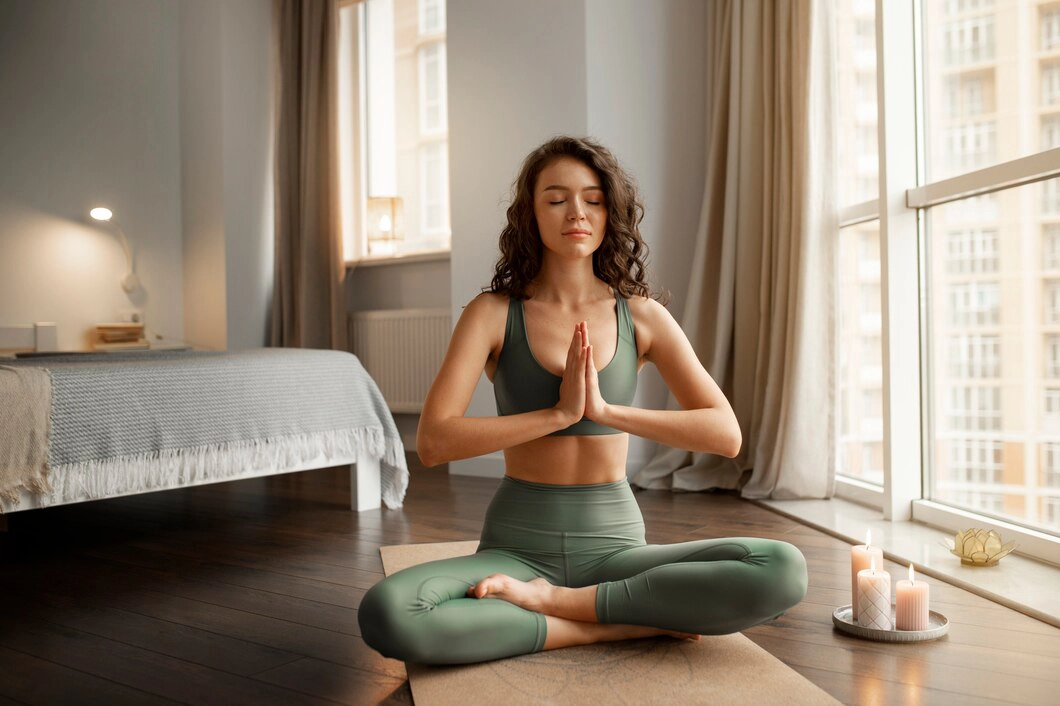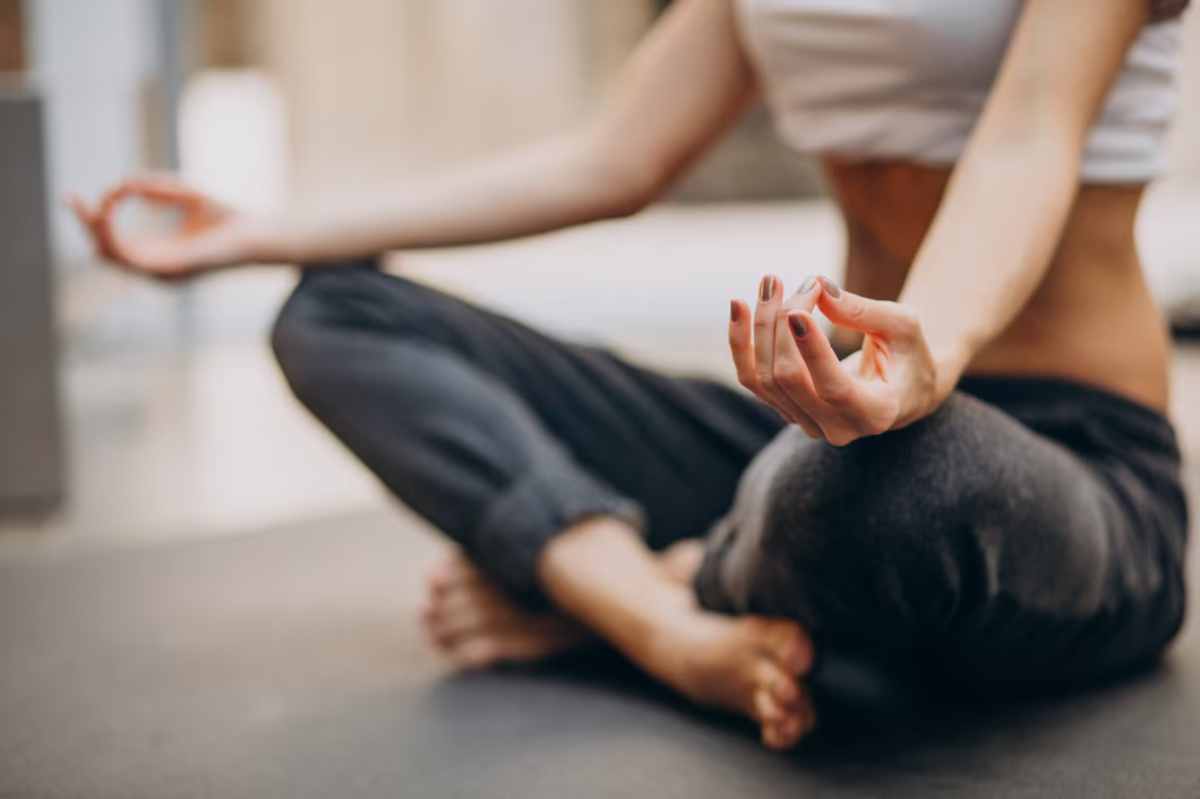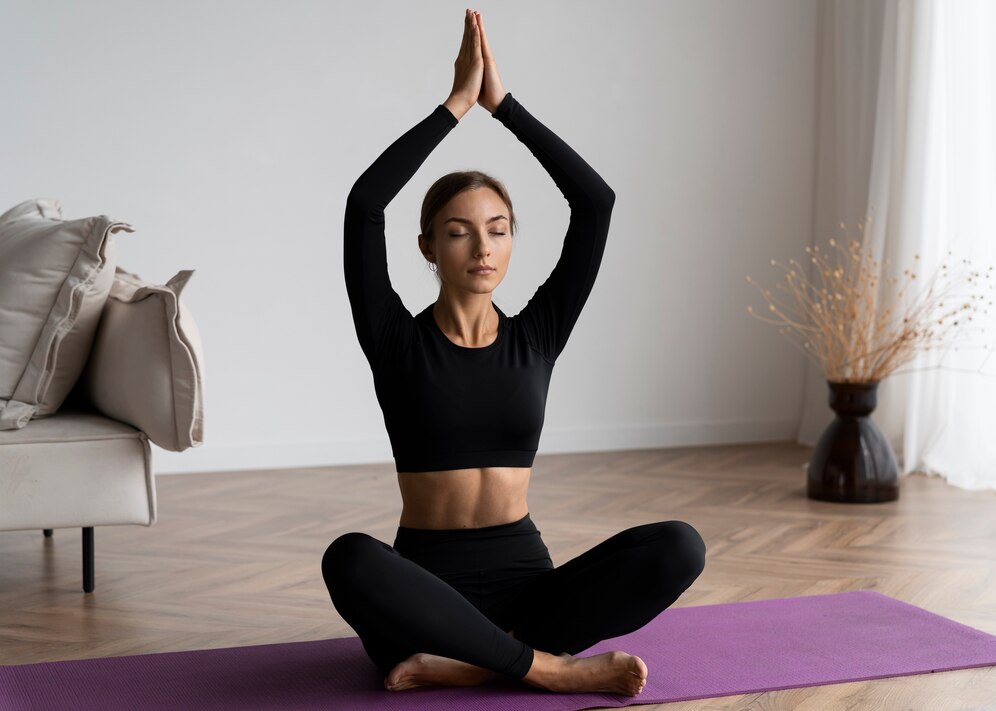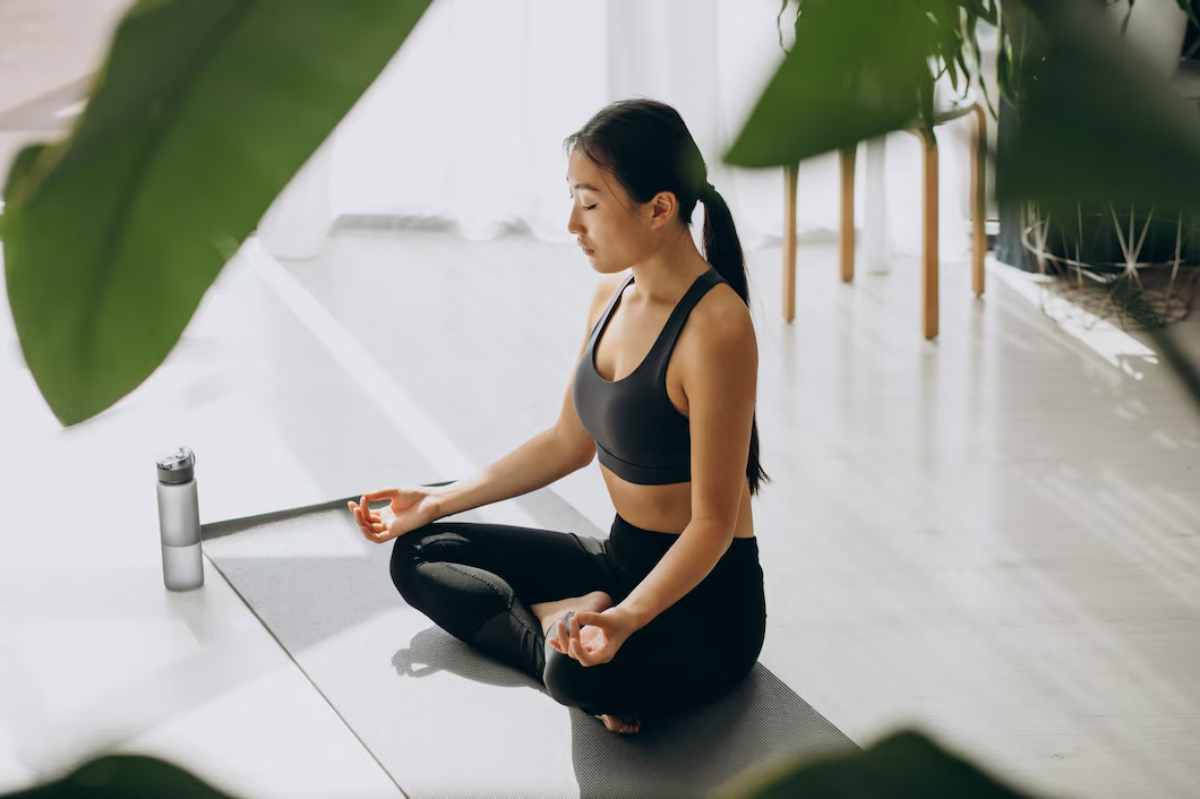
Yoga for Beginners: Basic Poses & Their Benefits
Yoga is an ancient practice that promotes physical health, mental clarity, and overall well-being. Yoga boosts flexibility, strength, and relaxation. It benefits both the body and mind. For beginners, starting with simple yoga poses can help build confidence and establish a solid foundation.
This guide shares key yoga poses for beginners. It highlights their benefits and offers tips to build a regular practice. This practice helps strengthen the mind-body connection.
The Benefits of Yoga for Beginners

1. Improves Flexibility
- Yoga stretches and lengthens muscles, making them more elastic over time.
- It helps prevent injuries and reduces muscle stiffness.
- Increases range of motion in joints, improving mobility.
2. Enhances Strength & Balance
- Many yoga poses engage the core, legs, and arms, building muscle endurance.
- Improves posture and overall body coordination.
- Strengthens stabilising muscles, which can help prevent falls and injuries.
3. Boosts Mental Well-Being
- Deep breathing techniques calm the nervous system, reducing stress and anxiety.
- Encourages mindfulness, improving focus and emotional stability.
- Helps combat depression by releasing endorphins, the body’s natural mood boosters.
4. Promotes Better Breathing
- Yoga teaches conscious breathing, which increases oxygen flow and lung capacity.
- Enhances relaxation and helps manage stress effectively.
- Improves respiratory health and supports overall cardiovascular function.
5. Supports Joint Health & Pain Relief
- Gentle yoga movements lubricate the joints, reducing stiffness and discomfort.
- Beneficial for people with arthritis or chronic pain conditions.
- Enhances circulation, reducing inflammation in the body.
6. Aids Digestion & Detoxification
- Twisting poses stimulate the digestive organs and improve metabolism.
- Helps relieve bloating, constipation, and other digestive issues.
- Encourages lymphatic drainage, aiding in detoxification.
7. Encourages Better Sleep
- Evening yoga routines relax the mind and body for deeper sleep.
- Reduces cortisol levels, the stress hormone linked to insomnia.
- Helps create a bedtime ritual that signals to the body it’s time to rest.
10 Basic Yoga Poses for Beginners
1. Mountain Pose (Tadasana)
- Improves posture and balance.
- Strengthens legs, core, and spine.
- Encourages body awareness and alignment.
2. Downward-Facing Dog (Adho Mukha Svanasana)
- Stretches hamstrings, calves, and shoulders.
- Increases circulation and energises the body.
- Strengthens arms and upper body.
3. Child’s Pose (Balasana)
- Encourages relaxation and deep breathing.
- Stretches the spine, hips, and lower back.
- Helps relieve stress and fatigue.
4. Warrior I (Virabhadrasana I)
- Strengthens legs, shoulders, and arms.
- Improves focus and stamina.
- Opens up the chest and hips.
5. Cat-Cow Pose (Marjaryasana-Bitilasana)
- Enhances spinal flexibility and relieves back tension.
- Synchronises breath with movement for stress relief.
- Warms up the body before deeper stretches.
6. Bridge Pose (Setu Bandhasana)
- Strengthens the back, glutes, and hamstrings.
- Opens the chest and improves spinal alignment.
- Helps reduce back pain and improve posture.
7. Seated Forward Bend (Paschimottanasana)
- Stretches the back, hamstrings, and calves.
- Calms the nervous system and relieves stress.
- Aids digestion by stimulating abdominal organs.
8. Cobra Pose (Bhujangasana)
- Strengthens the spine and opens the chest.
- Boosts energy levels and reduces fatigue.
- Improves spinal flexibility and posture.
9. Triangle Pose (Trikonasana)
- Enhances balance, core strength, and flexibility.
- Stimulates digestion and improves circulation.
- Opens up the hips and shoulders.
10. Corpse Pose (Savasana)
- Encourages full-body relaxation and mindfulness.
- Helps integrate the benefits of yoga practice.
- Lowers heart rate and blood pressure.
How to Develop a Consistent Yoga Practice

1. Start Slow & Listen to Your Body
- Avoid pushing too hard; progress gradually.
- Modify poses to suit your comfort level.
- Focus on alignment over intensity.
2. Practice Consistently
- Even 10-15 minutes daily can show results.
- Gradually increase session length as you build strength and flexibility.
- Try setting a fixed schedule to establish a habit.
3. Focus on Breathwork
- Deep, controlled breathing enhances relaxation and endurance.
- Practising pranayama (breath control) improves lung capacity and focus.
- Helps manage stress and promotes emotional balance.
4. Use Props if Needed
- Blocks, straps, and cushions provide support.
- Helps beginners maintain proper alignment.
- Reduces the risk of strain or injury.
5. Create a Calm Space
- A quiet, clutter-free area improves focus and relaxation.
- Use calming elements like dim lighting, soft music, or aromatherapy.
- Practising in a designated yoga space reinforces the habit.
6. Warm Up & Cool Down
- Begin with gentle stretches to prepare muscles.
- End with a relaxing pose like Savasana to absorb the benefits.
- Helps prevent injuries and enhances recovery.
7. Try Guided Classes
- Beginner-friendly yoga classes offer structured routines.
- Online videos and apps provide step-by-step guidance.
- In-person classes help with posture correction and motivation.
8. Incorporate Meditation & Mindfulness
- Combining yoga with meditation deepens the mind-body connection.
- Helps reduce anxiety and improve overall mental clarity.
- Simple mindfulness practices enhance emotional resilience.
Common Mistakes to Avoid as a Beginner
1. Holding Your Breath
- Always breathe deeply and rhythmically throughout poses.
- Holding the breath creates tension and reduces effectiveness.
2. Comparing Yourself to Others
- Everybody is different; progress at your own pace.
- Focus on personal growth rather than achieving perfection.
3. Skipping Warm-Ups or Cool-Downs
- Warming up prevents injuries and prepares muscles.
- Cooling down ensures a gradual return to a resting state.
4. Forcing Flexibility
- Yoga is about gentle stretching, not forcing movements.
- With time, flexibility will naturally improve.
5. Being Inconsistent
- Sporadic practice slows progress; aim for regularity.
- Setting small, achievable goals can keep you motivated.
Yoga will make you achieve it.

Yoga is an accessible and effective way to improve flexibility, strength, and mental well-being. Adding these basic yoga poses to your routine can help you build a practice. This practice will boost your physical and psychological health.
A consistent yoga practice not only benefits the body but also promotes a deep mind-body connection that can improve emotional resilience and overall life balance.
Start slow, stay consistent, and enjoy the journey toward better wellness through yoga!


